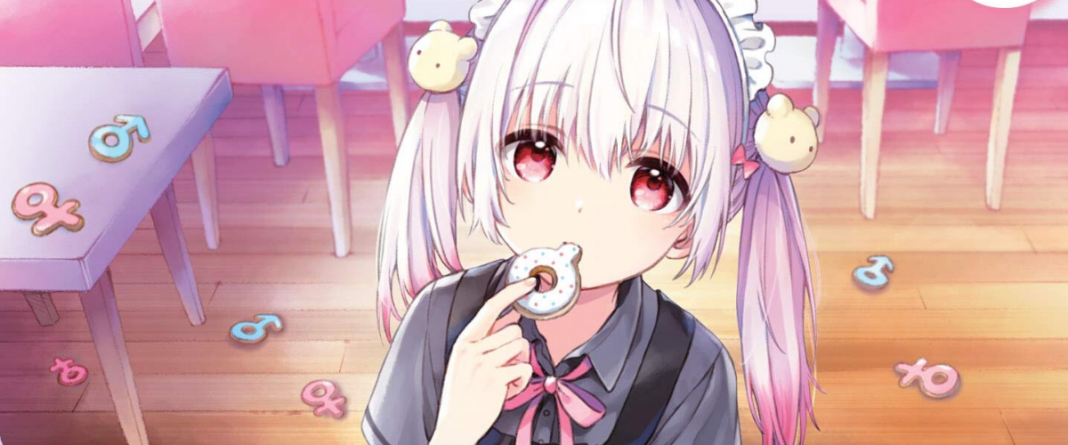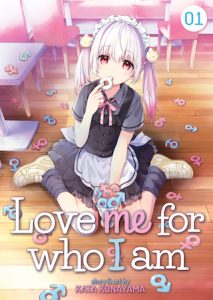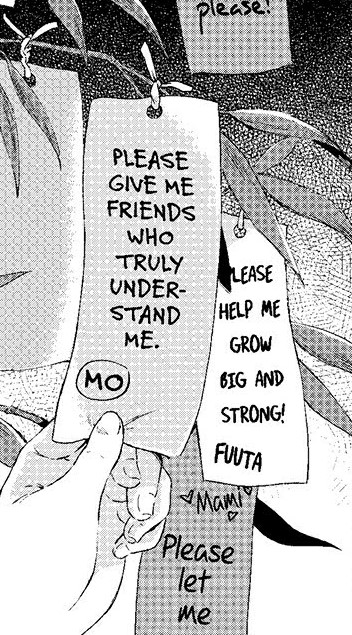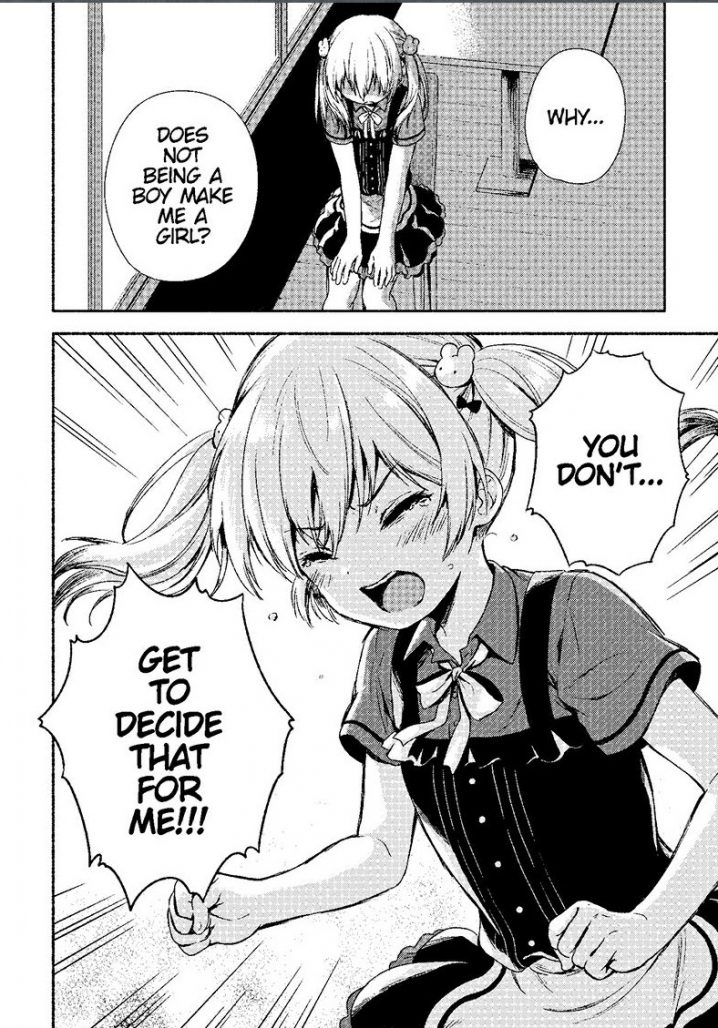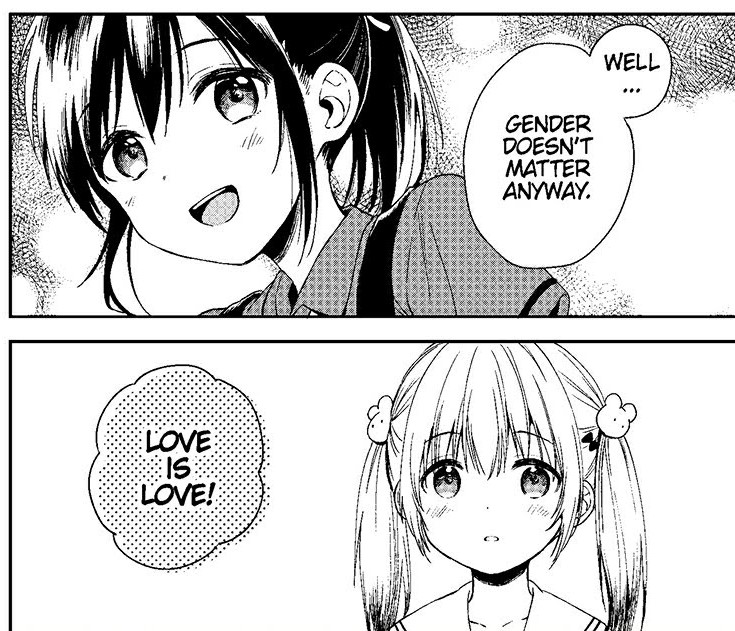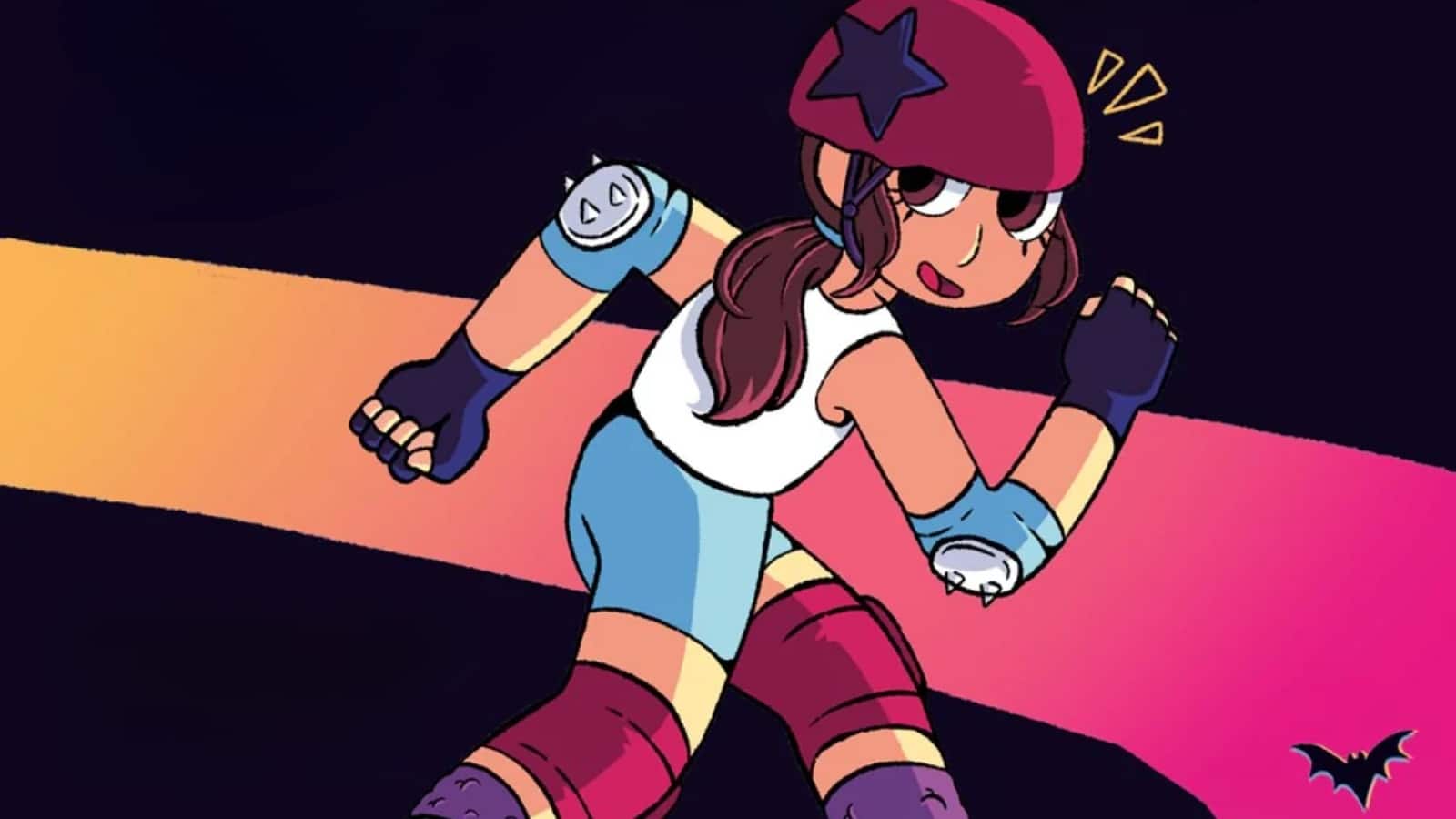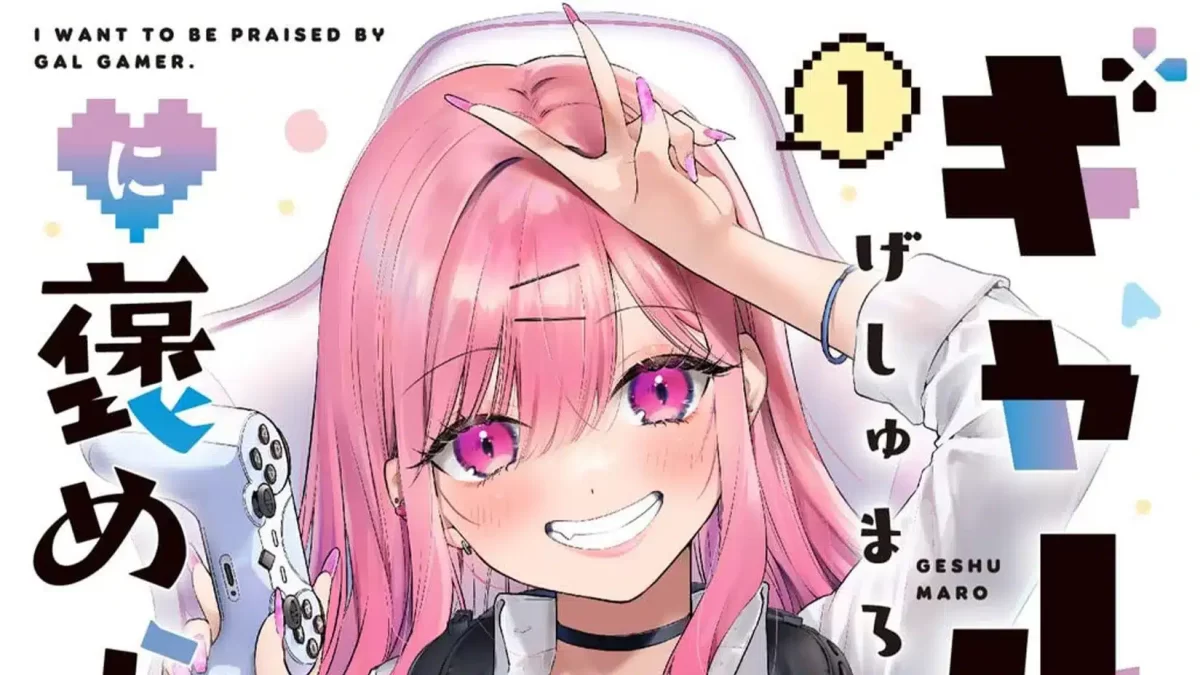 Love Me for Who I Am
Love Me for Who I Am
Story & Art: Kata Konayama
Translation: Amber Tamosaitis
Adaptation: Cae Hawksmoor
Lettering & Retouch: Ray Steeves
Editor: Jenn Grunigen
Publisher: Seven Seas Entertainment
In the past few years, manga fans have been blessed with autobiographical LGBTQ+ works like My Lesbian Experience with Loneliness and The Bride Was A Boy, which lend more realistic perspectives to queer manga stories. And while these non-fiction works are so very important, it is equally important that media reflects queer folks with honesty and respect in fiction, as well. Manga like That Blue Sky Feeling and Our Dreams At Dusk are doing an admirable job in this arena, and can now count Kata Konayama’s Love Me for Who I Am among their number.
Mogumo wants, more than anything, to find someone who understands them. Their classmate Tetsu notices them making a wish to that effect and, noticing Mogumo’s propensity to wear their high school’s girls’ uniform, decides to invite them to work for his older brother’s maid cafe. The twist is that this cafe, called Question, hires only otokonoko — namely, people assigned male at birth who dress as girls. Mogumo is eager to find a place to belong, but upon finding out the main draw of the cafe, has to stand up for themself and tell everyone that they are not otokonoko, because they are not a boy or a girl — regardless of how they were assigned at birth, or that they prefer to wear girls’ clothing.
Tetsu feels terrible for putting Mogumo in a stressful situation, but their assertion of their identity helps to start a discussion among the staff members of how they identify, and why certain terms feel better for them than others. Each member of the Question Cafe has their own reasons for being there, ranging from merely enjoying cross-dressing, to exploring different gender roles, to slowly coming to terms with their own trans identity. Tetsu’s older brother still uses the somewhat outdated concept of having “the soul of a woman” to describe his gender identity, while Mei clings hard to the idea of being otokonoko, only to eventually realize she might in fact be a trans girl after all. Various sexualities are also questioned and explored, especially as Mogumo and Tetsu find themselves growing closer — and wondering if being attracted to each other makes them gay, or something else entirely.
The cover, with adorable Mogumo kneeling akimbo surrounded by cookies in the shape of the symbols for “male” and “female,” is misleading; it appears to be a far more salacious story than it actually is, especially given the maid cafe angle. The cutesiness of the characters feels contemporary with moe series that sometimes feel exploitative, especially of young girls, but Love Me for Who I Am actually brings up legitimate issues around the loneliness and uncertainty surrounding questioning one’s gender identity and expression. In an afterword, creator Konayama admits that their original intention for the series was to make Mogumo a cross-dressing boy, but upon learning about non-binary people, decided to go with that angle instead. Konayama’s gender is unclear, but they are so far doing an admirable job of navigating the concerns of their non-binary protagonist.
The first volume of Love Me for Who I Am is already available digitally, and making it to print on June 30, 2020, just in time for the end of Pride month. The second volume will be available in October. This is a must-read manga for anyone who has been searching for a thoughtful, positive representation of non-binarism in fiction.


